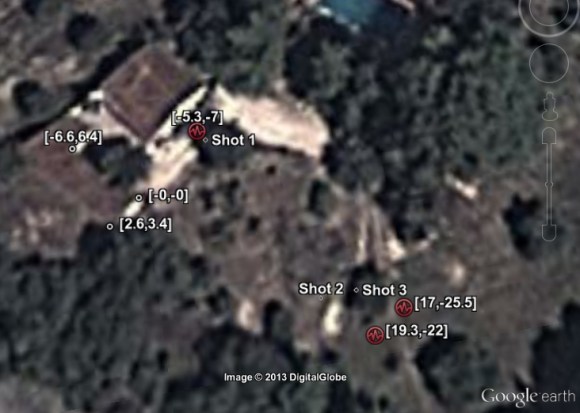Most keyfobs out there that open cars, garage doors, and gates use a rolling code for security. This works by transmitting a different key every time you press the button. If the keys line up, the signal is considered legitimate and the door opens.
[Spencer] took a look into hacking rolling code keyfobs using low cost software-defined radio equipment. There’s two pars of this attack. The first involves jamming the frequency the keyfob transmits on while recording using a RTL-SDR dongle. The jamming signal prevents the receiver from acknowledging the request, but it can be filtered out using GNU Radio to recover the key.
Since the receiver hasn’t seen this key yet, it will still be valid. By replaying the key, the receiver can be tricked. To pull off the replay, GNU Radio was used to demodulate the amplitude shift keying (ASK) signal used by the transmitter. This was played out of a computer sound card into a ASK transmitter module, which sent out a valid key.



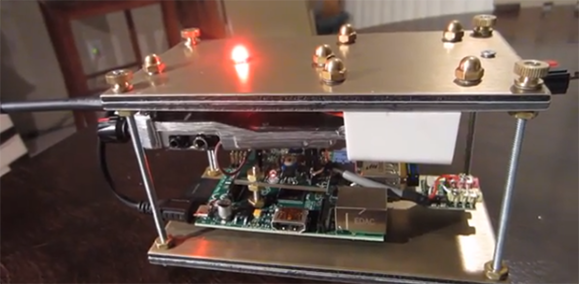
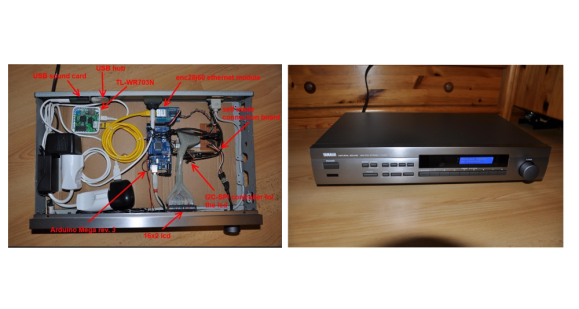 [Raffael] had an old Broken Yamaha natural sound receiver lying around. Rather than throw it out,
[Raffael] had an old Broken Yamaha natural sound receiver lying around. Rather than throw it out, 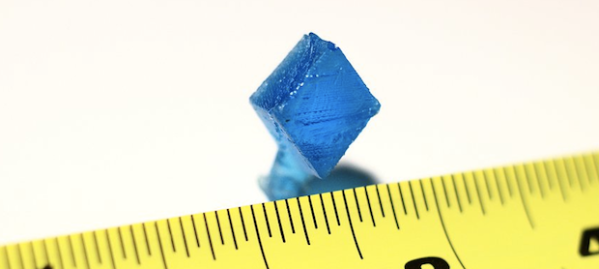
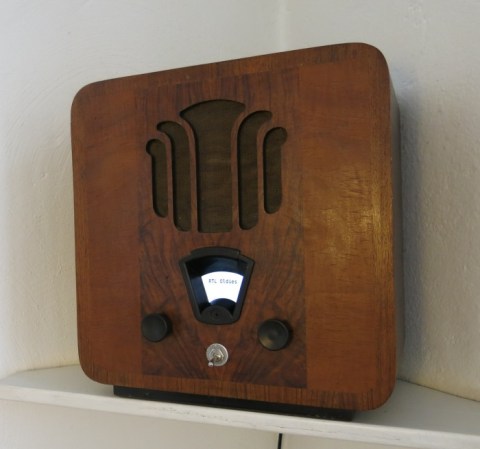 At first glance you might not even notice that
At first glance you might not even notice that 